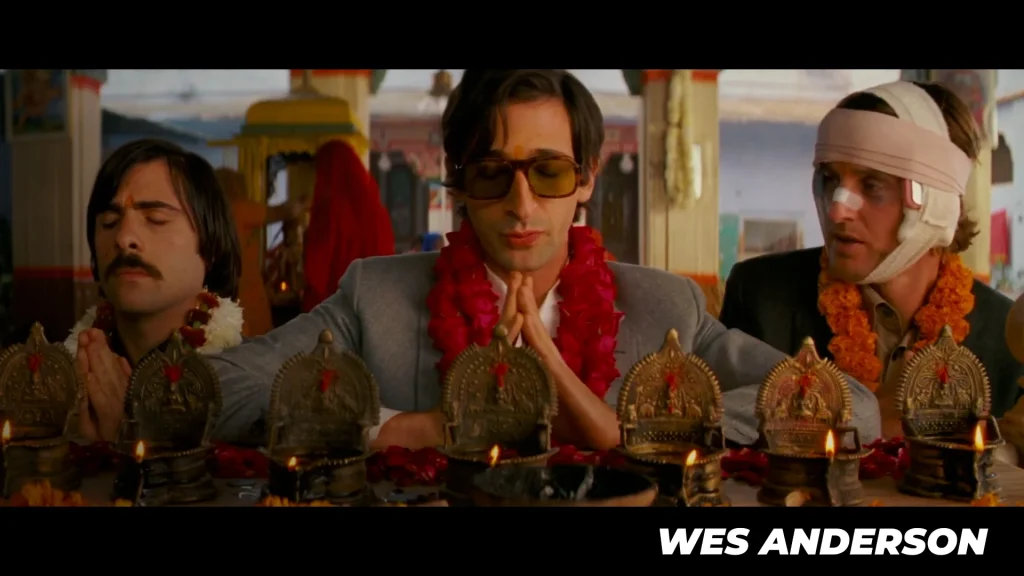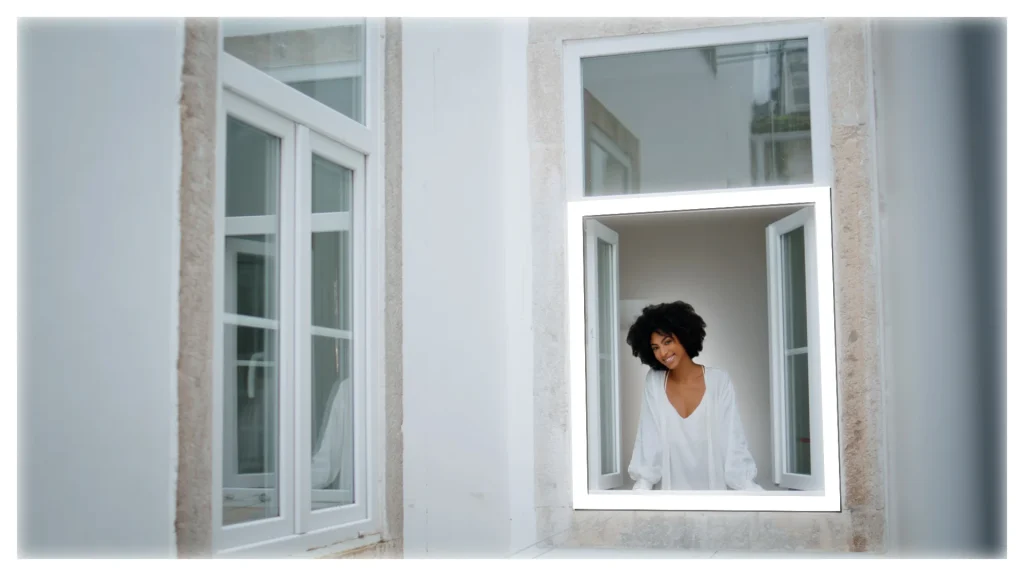Discover 7 essential framing and composition techniques that will instantly enhance your photography and filmmaking skills.
When it comes to filmmaking and photography, framing and composition play a crucial role in capturing visually appealing shots. In this blog post, I’ll share 7 essential framing and composition techniques that will help you instantly improve your visuals and make your shots look more professional.
1. Rule of Thirds
One of the most basic yet widely used composition techniques is the Rule of Thirds. It’s often the first thing taught in any filmmaking or photography course.
The Rule of Thirds involves dividing your frame into nine equal sections using two horizontal and two vertical lines. These lines create four intersection points, which serve as ideal spots to place your subject for a well-balanced composition.
Most modern cameras come with grid lines that help implement this technique easily. Once you enable the grid, you can simply adjust your camera to align your subject with these points. Instantly, your composition will look much more balanced and visually appealing.
If you analyze your favorite movies or TV shows, you’ll notice that this technique is used in almost every shot.
Whenever you frame a shot, start with the Rule of Thirds before experimenting with other techniques.
2. Leading Lines
Leading lines are natural or artificial lines within your environment that guide the viewer’s attention toward the subject.
For example, take a look at the above scene: The light at the end of the hallway creates lines that naturally draw the viewer’s eyes toward the subject.
Leading lines can be found everywhere! You can use:
- Fences
- Roads and tree lines
- Power lines
- Bridges or railings
Many movies and TV shows use leading lines to guide the audience’s attention or enhance character movement.
These lines don’t always have to be straight; they can be curved, diagonal, or even zigzagged as long as they guide the viewer’s eyes toward the subject.
3. Headroom
Headroom refers to the space between the top of your subject’s head and the top edge of the frame.
If there’s too much headroom, the subject appears small and insignificant. If there’s too little headroom, the composition feels tight and unbalanced.
The best way to maintain headroom is to align the subject’s eyes with the upper horizontal line of the Rule of Thirds.
4. Lead Room (Looking Room)
Along with headroom, lead room (or looking room) is another essential technique.
When filming an interview or any subject looking in a particular direction, you should leave some empty space in that direction.
Similarly, if a subject is moving, you should leave space in the direction of movement. For example, if a dog is walking toward the right, the composition should have extra space on the right side to create a natural flow.
5. Symmetry
Symmetry is one of the best ways to create visually balanced and aesthetically pleasing compositions.
A symmetrical composition means both halves of the frame mirror each other.
Types of Symmetry:
- Vertical Symmetry: The frame is split vertically, with both sides looking identical.
- Horizontal Symmetry: The frame is split horizontally, where the top and bottom look identical.

A great example of symmetry can be seen in Wes Anderson’s films, where symmetrical shots create a sense of stability and balance.
Look around your surroundings—you’ll find symmetry in buildings, reflections, and natural landscapes that you can use to frame your shots beautifully.
6. Depth
Creating depth in your shots makes them more dynamic and helps the subject stand out from the background.
The easiest way to achieve depth is by adjusting your aperture. Setting your lens to a wide-open aperture (low f-stop number) creates a shallow depth of field, which results in a beautiful background blur that separates the subject from distractions.
For indoor shoots, ensure that your subject is positioned at a distance from the background. The greater the distance, the more pronounced the background blur.
7. Frame Within a Frame
Frame within a frame is a powerful composition technique where you use an object within the scene to frame your subject.
Your primary frame is your camera’s actual framing, while the secondary frame is created using natural or man-made elements like:
- Windows
- Doors
- Arches
- Reflections

The scene above is a perfect example: The entire scene is the primary frame, while the window acts as a secondary frame that highlights the subject.
Using this technique creatively can add depth and draw focus directly to the subject.
Next time you pick up your camera – whether for video or photography, try incorporating some of these composition techniques. When you’re out and about, train your eyes to spot leading lines, symmetry, and framing opportunities in your surroundings.
Once you master these techniques, creating visually stunning compositions will become second nature!

